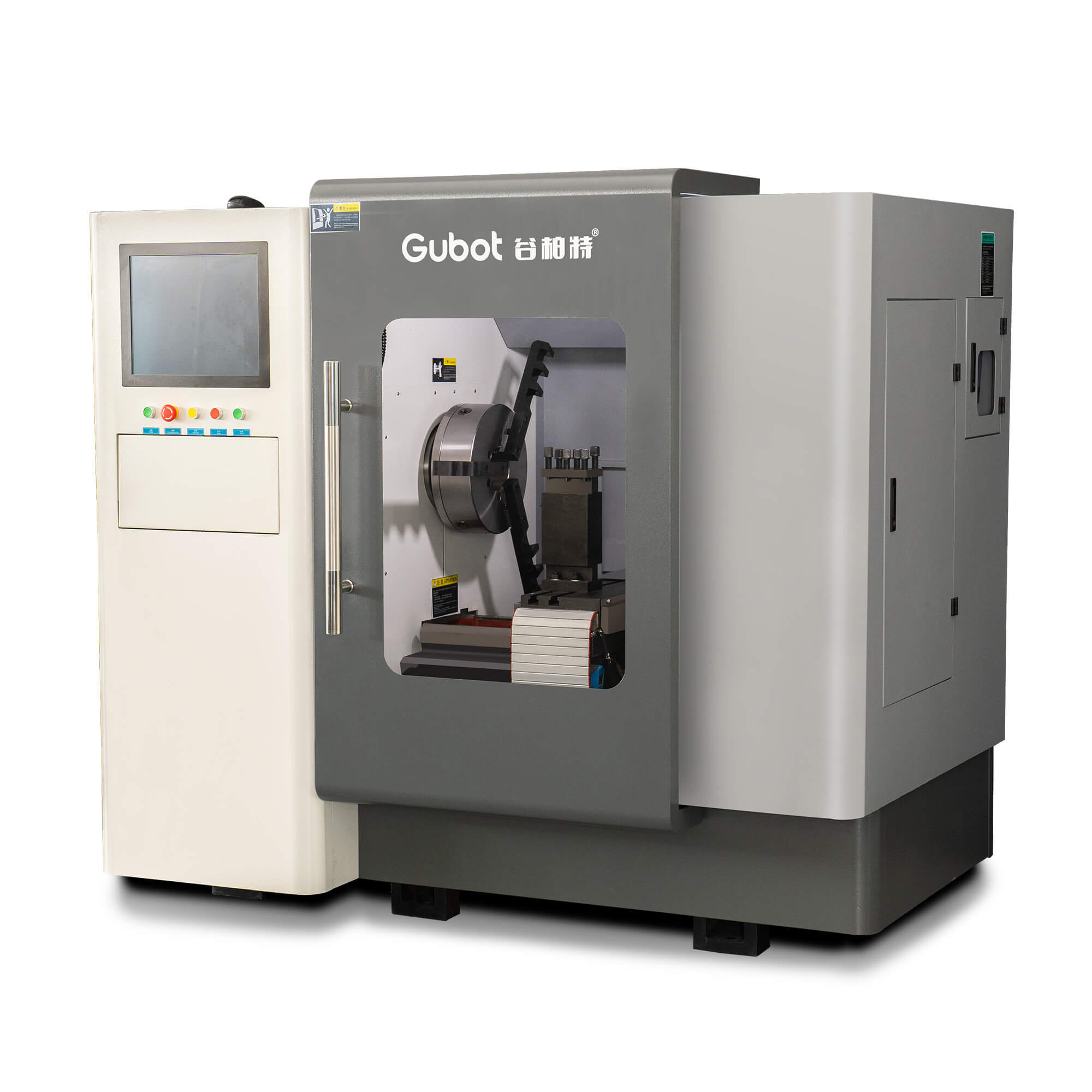
Due to the jagged “selling” traffickers, professional dealers can only focus on the price, resulting in lower and lower service value, lower professional service levels, and higher price transparency. The space for profit will become smaller and smaller, and the auto parts dealer will eventually become a porter.
The flattening of channels is a strategy that all upstream manufacturers want to adopt. The question is whether it is worth doing. If the dealer's distribution system can help upstream manufacturers to reduce operating costs and stabilize market share, upstream manufacturers can not have to do anything to please. Why have a large number of manufacturers began to shrink channels in recent years, and even spent a lot of investment in self-built channels? The reason is that the channel efficiency of the domestic automobile aftermarket is too low to reach the goal of saving transaction costs and consolidating market share.






